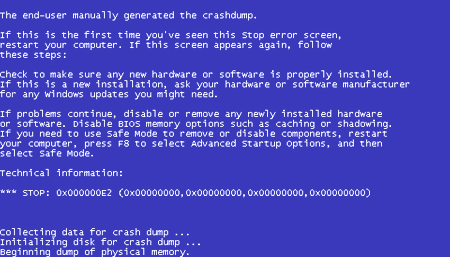In the previous post on fuzzing, we explained in broad terms the main foundations and the different types that exist. This time we are going to focus on fuzzing frameworks, so let’s start by looking at how the general logical…
Oscar LlorenteResearcher in DT
Expertise: Scam, program analysis
In the field of program analysis, different techniques are used, usually divided into two groups: static and dynamic. Fuzzing is a dynamic technique used extensively (especially in recent years) to discover bugs in software that, with a little (bad) luck,…
High-level languages such as Javascript, Python and Ruby are mainly characterized by facilitating the development of software in a simple and intuitive way and by presenting the highest abstraction level with respect to the machine on which they are executed,…
When we talk about memory corruption errors, the first thing that we see at the head is the classic buffer overflow, which makes a lot of sense since, some called it the vulnerability of the decade back in 2000, nowadays continues…
The types, thematic, or rather, the scam campaigns, have been evolving over time as well as their means of distribution. Nowaydays , among the most typical campaigns are, among others, those that make the victim believe that he has won (mysteriously)…
Since ancient times, scam has been a practice carried out by scammers in order to gain a benefit (usually economic) through deception or social engineering techniques. The number of known campaigns is enormous and, unfortunately, increases as technology media advances.…












